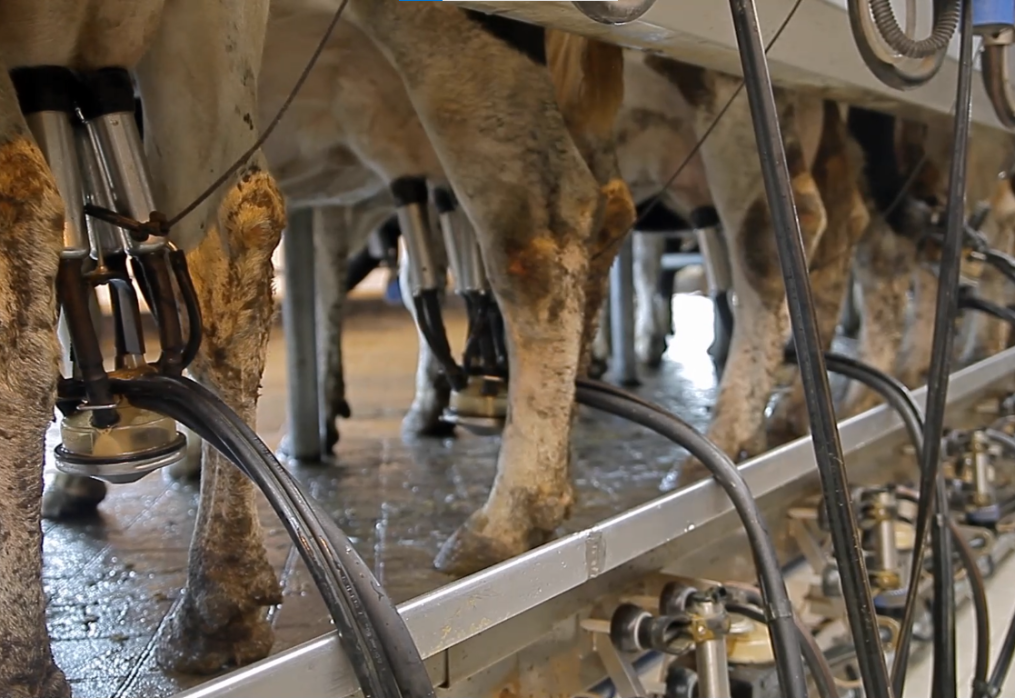Enhancing Cow Health and Welfare: Best Practices for Dairy Farmers in Kenya
The health and welfare of dairy cows are of utmost importance to dairy farmers in Kenya. Healthy and content cows not only lead to improved milk production but also contribute to the long-term sustainability and profitability of dairy operations. In this article, we will explore best practices for enhancing cow health and welfare, providing valuable insights and actionable tips for dairy farmers in Kenya.
- Quality Nutrition:
Proper nutrition forms the foundation of cow health and welfare. Implementing these practices ensures cows receive the essential nutrients they need:
a) Balanced Rations: Work with a qualified nutritionist to formulate well-balanced diets that meet the specific nutritional requirements of cows at different stages of lactation. Consider factors such as energy, protein, fiber, minerals, and vitamins to promote optimal cow health and milk production.
b) High-Quality Forages: Incorporate high-quality forages, such as maize silage, into the diet. Forages should be harvested at the right maturity stage, properly stored, and regularly tested for nutrient content to maintain their quality and ensure a consistent source of nutrition.
c) Adequate Water Supply: Provide cows with access to clean and fresh water at all times. Water is essential for proper digestion, hydration, and overall cow health.
- Comfortable Housing and Facilities:
Creating a comfortable and conducive environment for cows positively impacts their health and welfare. Consider the following aspects:
a) Adequate Housing: Provide well-ventilated, spacious, and clean housing facilities that protect cows from extreme weather conditions. Ensure proper bedding, flooring, and comfortable resting areas to promote cow comfort and prevent injuries.
b) Ventilation and Air Quality: Maintain good air quality by ensuring proper ventilation within the housing facilities. Proper airflow helps reduce humidity, control temperature, and minimize respiratory issues.
c) Proper Waste Management: Implement effective waste management practices to maintain clean and hygienic conditions within the barn. Regularly remove manure, provide adequate drainage, and promote proper disposal methods to minimize the risk of disease transmission.
- Regular Health Monitoring and Veterinary Care:
Regular health monitoring and veterinary care are crucial for early detection and prevention of diseases. Follow these practices:
a) Routine Health Checks: Conduct regular health checks to monitor cow condition, body weight, reproductive health, and overall well-being. Detecting any signs of illness or discomfort early allows for timely intervention and treatment.
b) Vaccination and Deworming: Follow a vaccination and deworming program recommended by a veterinarian to prevent common diseases and parasitic infections.
c) Establish a Relationship with a Veterinarian: Build a strong relationship with a veterinarian who has expertise in dairy cow health. Seek their guidance and advice on preventive measures, treatment protocols, and overall herd health management.
- Effective Reproduction Management:
Efficient reproduction management practices are essential for maintaining a productive and sustainable dairy herd:
a) Timed Breeding Programs: Implement timed breeding programs to maximize the chances of successful pregnancies and minimize the calving interval. Work closely with a reproductive specialist or veterinarian to optimize breeding strategies.
b) Regular Estrus Detection: Train farm personnel to effectively detect
and record signs of estrus (heat) in cows. Implement methods such as tail chalk, electronic heat detection devices, or visual observation to identify cows in heat accurately. Timely insemination during the estrus period increases the chances of successful conception.
c) Pregnancy Diagnosis: Conduct regular pregnancy diagnosis to identify non-pregnant cows early. This allows for appropriate management decisions, such as re-breeding or culling, to maintain herd fertility and optimize production.
- Proper Milking Management:
Optimal milking practices contribute to cow comfort, udder health, and milk quality:
a) Clean and Sanitary Milking Environment: Maintain a clean and hygienic milking parlor by regularly cleaning and sanitizing milking equipment, including teat cups, liners, and milk storage tanks. This helps prevent mastitis and ensures milk quality.
b) Proper Milking Technique: Train milkers in proper milking techniques, including teat preparation, attachment, and milking duration. Gentle and consistent milking practices minimize stress and prevent damage to the cow’s udder.
c) Regular Udder Health Monitoring: Monitor udder health through regular somatic cell count (SCC) testing. High SCC levels may indicate mastitis, a common udder infection. Prompt identification and treatment of mastitis cases are essential for maintaining cow health and milk quality.
- Training and Employee Engagement:
Investing in employee training and engagement is critical for implementing best practices and ensuring consistent cow care:
a) Training Programs: Provide ongoing training to farm personnel on cow handling, nutrition, milking protocols, and health management. Regular training sessions enhance their skills, knowledge, and ability to identify and address cow health issues effectively.
b) Employee Empowerment: Involve farm workers in decision-making processes and encourage them to take ownership of cow welfare. Foster a culture of care and responsibility towards the animals, emphasizing the importance of their role in maintaining cow health and welfare.
Enhancing cow health and welfare is a fundamental aspect of successful dairy farming in Kenya. By implementing best practices such as providing quality nutrition, creating comfortable housing, ensuring regular health monitoring and veterinary care, managing reproduction effectively, maintaining proper milking management, and investing in employee training and engagement, dairy farmers can optimize cow health, well-being, and milk production. Prioritizing cow welfare not only benefits the animals but also contributes to the overall success and sustainability of dairy operations in Kenya.
